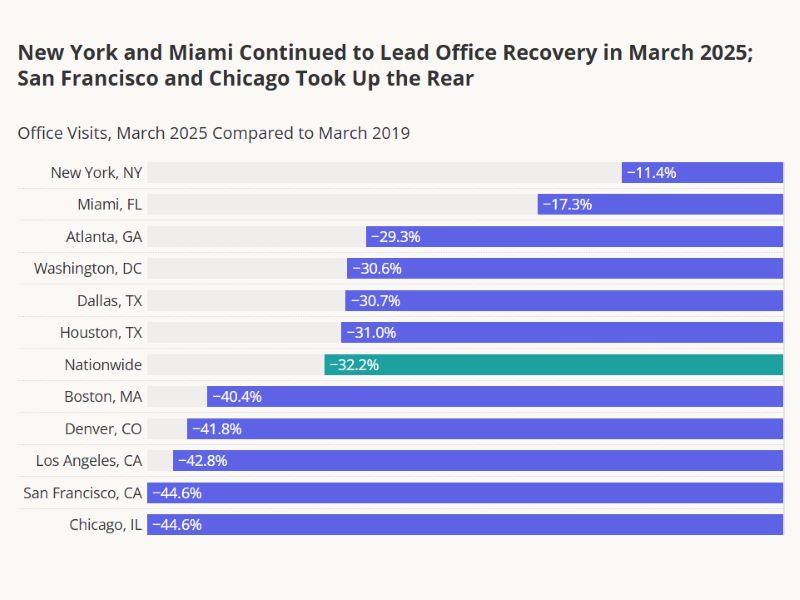Fannie, Freddie Continue Uphill Fight to Restore Confidence
Whether Fannie Mae and Freddie Mac will stave off rescue by the federal government remains to be seen, but the beleaguered mortgage companies are taking steps that they hope will restore investor confidence. A management shakeup announced Wednesday will bring new executives to three top roles at Fannie Mae. Who’s out: Stephen Swad, the CFO;…
Whether Fannie Mae and Freddie Mac will stave off rescue by the federal government remains to be seen, but the beleaguered mortgage companies are taking steps that they hope will restore investor confidence. A management shakeup announced Wednesday will bring new executives to three top roles at Fannie Mae. Who’s out: Stephen Swad, the CFO; Robert Levin, chief business officer; and Enrico Dallavecchia, head of risk management. Who’s in: David Hisey, who moves up from controller to CFO; Peter Niculescu, assuming Levin’s chief business officer post; and Michael Shaw, the new head of risk management. The GSEs are also hoping to gain traction from analyst reports this week indicating that the government-sponsored entities are in better shape than expected. During a conference call on Wednesday, Citigroup analysts estimated that Fannie Mae will keep $20.3 billion in capital above the minimum level through the end of the year, and Freddie Mac has $12.7 billion, according to Bloomberg News. That will give both GSEs a buffer against potential losses. Those remarks followed comments by Merrill Lynch & Co. analysts on Tuesday that expectations of a federal rescue jump the gun, although the long-term health of the GSEs is still in question. For now, there is no major disruption to the stream of Fannie Mae and Freddie Mac permanent, acquisition and rehab financing supplied to the multi-housing sector, although in general underwriting is tighter, loan dollar ratios may be lower, and pricing is higher. David Cardwell, National Multi Housing Council vice president of capital markets and technology, says that for a while, the GSE spreads were increasing five to 10 points every 10 to 15 days, but that the pricing has since stabilized. And although spreads are wider, the all-in interest rates are still quite reasonable. Five-, seven- and 10-year loans can still be obtained for multi-family housing in the 6 percent range, and rehabilitation and mezzanine debt in the 7 to 7.5 percent range, says Cardwell. The GSEs “continue to meet the needs of multi-family,” he says. To some extent, the activities surrounding Fannie Mae and Freddie Mac may be moot. Lawrence Yun, NAR chief economist, said, “Serious buyers don’t really care about what’s going with Fannie Mae and Freddie Mac, their shares and all the buyout plans. They are only bothered about whether they get good mortgage rates–and they have been so far–and the prices of homes.”






